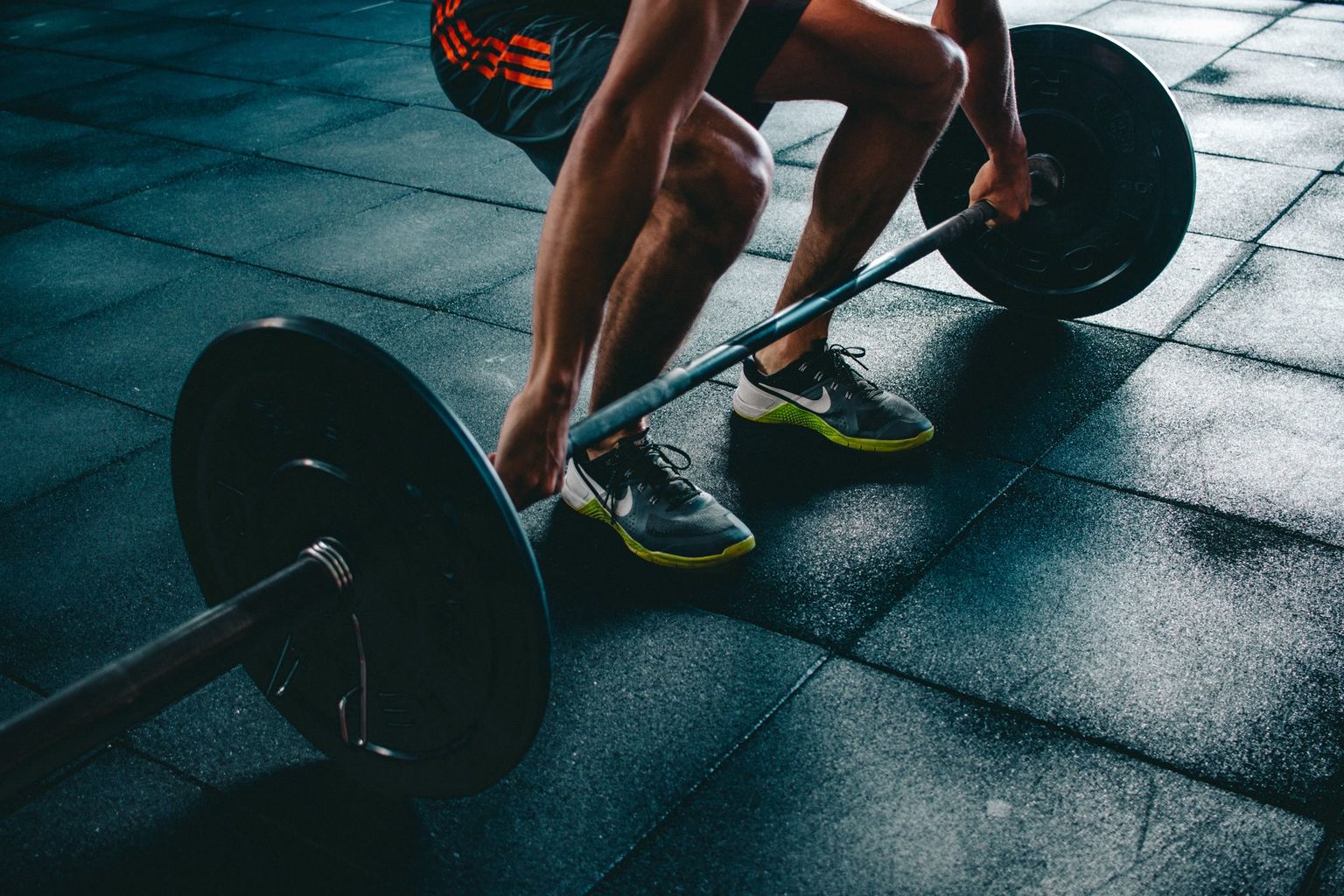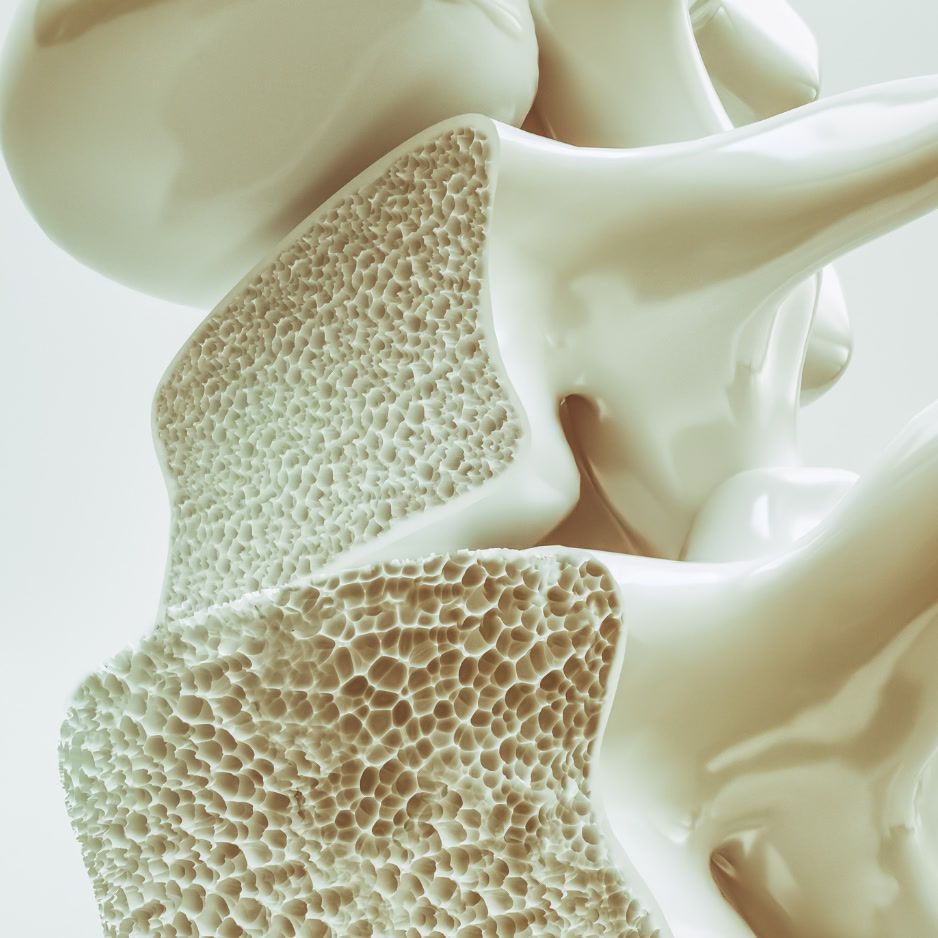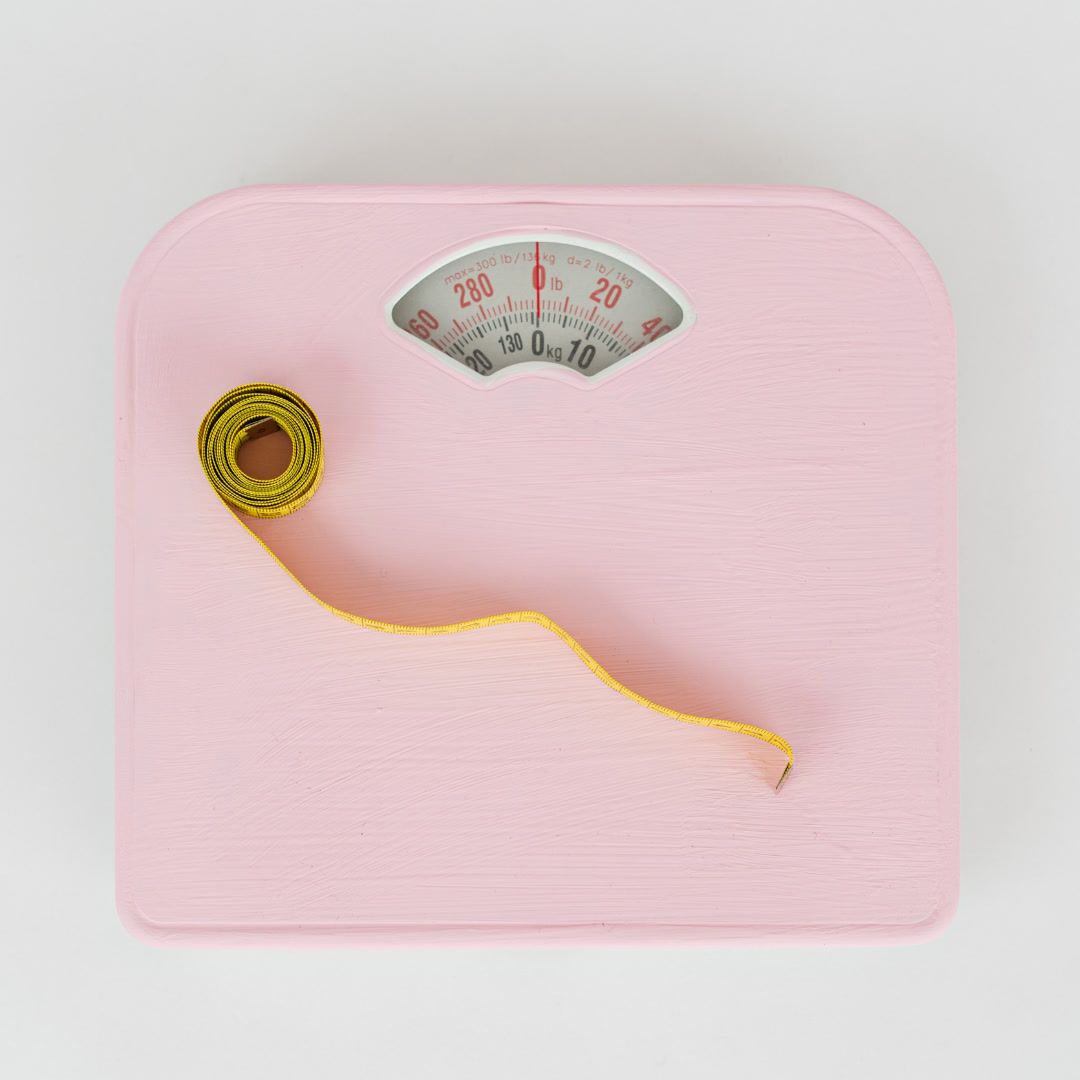Ice Water Hack for Weight Loss: Science, Safety & Guide
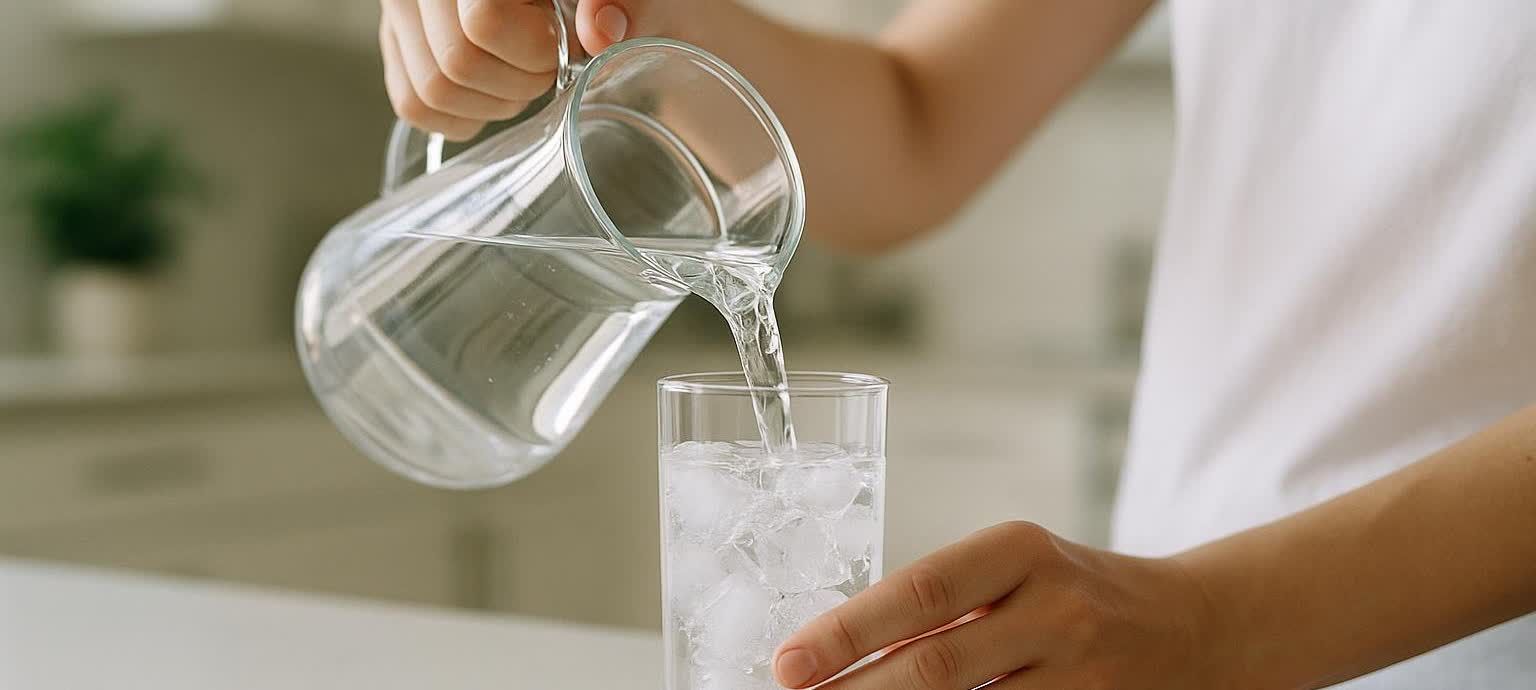
Ice Water Hack for Weight Loss: Science, Safety & Guide
This article focuses on drinking ice‑cold water for weight loss (not ice baths or cold plunges). If you’re interested in external cold exposure, start with our Ice Hack overview and our guide to cold showers for practical protocols and safety tips: What Is the Ice Hack for Weight Loss? A Comprehensive Guide and our guide to cold showers.
Short answer: drinking ice‑cold water burns only a few calories, may help some people eat less, and can be a simple habit to support weight loss—but it�’s not a magic bullet. This guide covers the real calorie math, how to use “water preloading” before meals, safe protocols you can try this week, and how to verify body‑composition changes with a DEXA scan.
Key takeaways
- A 12‑oz glass of very cold water likely translates to only a few calories burned in practice, despite larger “thermodynamics” estimates you see online (Harvard Health).
- What does help? Water preloading: drinking ~16–17 oz (500 mL) of water 30 minutes before meals can modestly enhance weight loss in some adults with obesity (2015 RCT; 2009 trial).
- Early studies suggested sizable metabolism bumps after water intake, but later research often found much smaller effects.
- If you want a larger cold‑induced calorie burn, whole‑body cold exposure (e.g., cool‑finish showers or ice baths) is more effective than iced water alone (see our guide to cold showers and the Ice Hack overview).
Does drinking ice water burn calories? The real numbers
There are two ways to look at this: a physics estimate and real‑world measurements.
1) Physics (upper bound)
- Specific heat of water ≈ 1 kcal per kg·°C.
- A 12‑oz glass is ~355 mL (0.355 kg).
- To heat 40°F (≈4.4°C) water to body temp (37°C) is a 32.6°C rise.
- 0.355 kg × 32.6°C ≈ 11.6 “food Calories” (kcal) of heat needed.
- For 32°F (0°C): 0.355 × 37°C ≈ 13.1 kcal. For 50°F (10°C): ≈ 9.6 kcal.
Per‑glass thermodynamic upper‑bound (12‑oz):
| Water temperature | Estimated heat required |
|---|---|
| 32°F (0°C) | ~13 kcal |
| 40°F (4°C) | ~12 kcal |
| 50°F (10°C) | ~10 kcal |
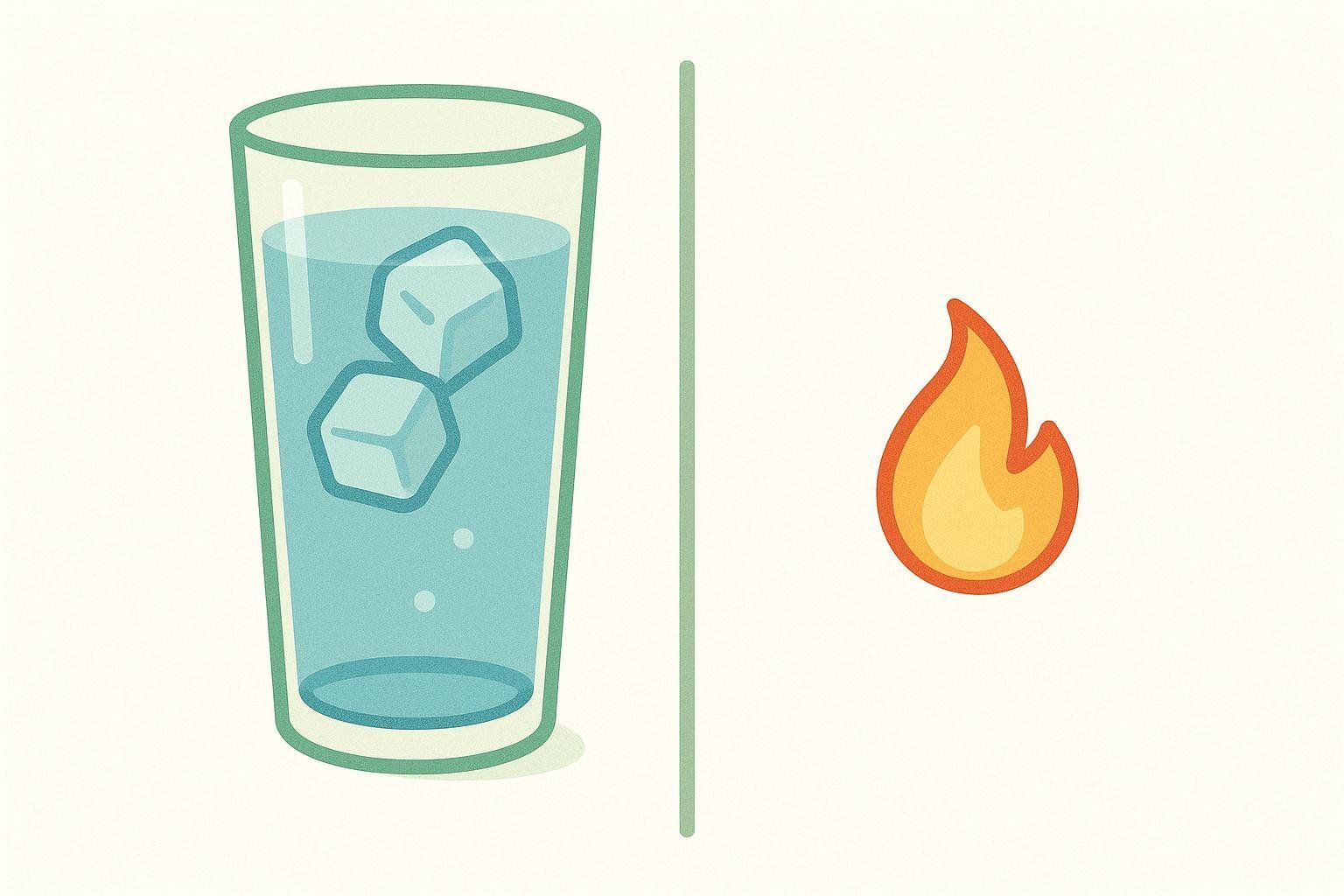
This math is a best‑case scenario. Actual calorie burn is lower because your body can rely on existing heat and some environmental heat exchange—not just new metabolic work.
2) Real‑world effect (what studies suggest)
- Real‑world increases in calorie burning after drinking water appear small—on the order of only a few calories per glass—and some newer studies find minimal or no significant thermogenesis compared with control conditions (Harvard Health).
- Early lab work reported larger increases in energy expenditure after 500 mL of water, but subsequent investigations often measured smaller effects than originally claimed (J Clin Endocrinol Metab, 2003).
- Why so small? Drinking cold water doesn’t strongly activate brown adipose tissue (BAT)—the specialized “brown fat” that burns calories to produce heat—whereas whole‑body cold exposure is a more potent BAT stimulus, so the metabolic bump from a cold drink stays modest.

Bottom line: Ice water alone won’t move the scale much. But water can still be a useful tool—especially before meals and as a swap for caloric drinks.
Water Preloading: The Real Mechanism for Appetite Control
Drinking ~500 mL (about 16–17 oz) of water 30 minutes before meals can help some people lose a bit more weight over 8–12 weeks, likely via appetite/portion control rather than calorie burning.
- In adults with obesity, pre‑meal water led to about 1.2–1.3 kg greater weight loss at 12 weeks versus control (RCT, 2015).
- Middle‑aged and older adults also lost more weight when drinking 500 mL before main meals while on a reduced‑calorie diet (trial, 2009).
Pro tip: Pair pre‑meal water with the basics of macros to keep you full on fewer calories.
7‑Day Ice Water Hack Challenge (safe, practical, shareable)
Use this as a week‑long reset to build helpful hydration habits. If you have cardiovascular disease, severe dental sensitivity, or a history of swallowing issues, skip very cold water and use cool or room‑temp instead.
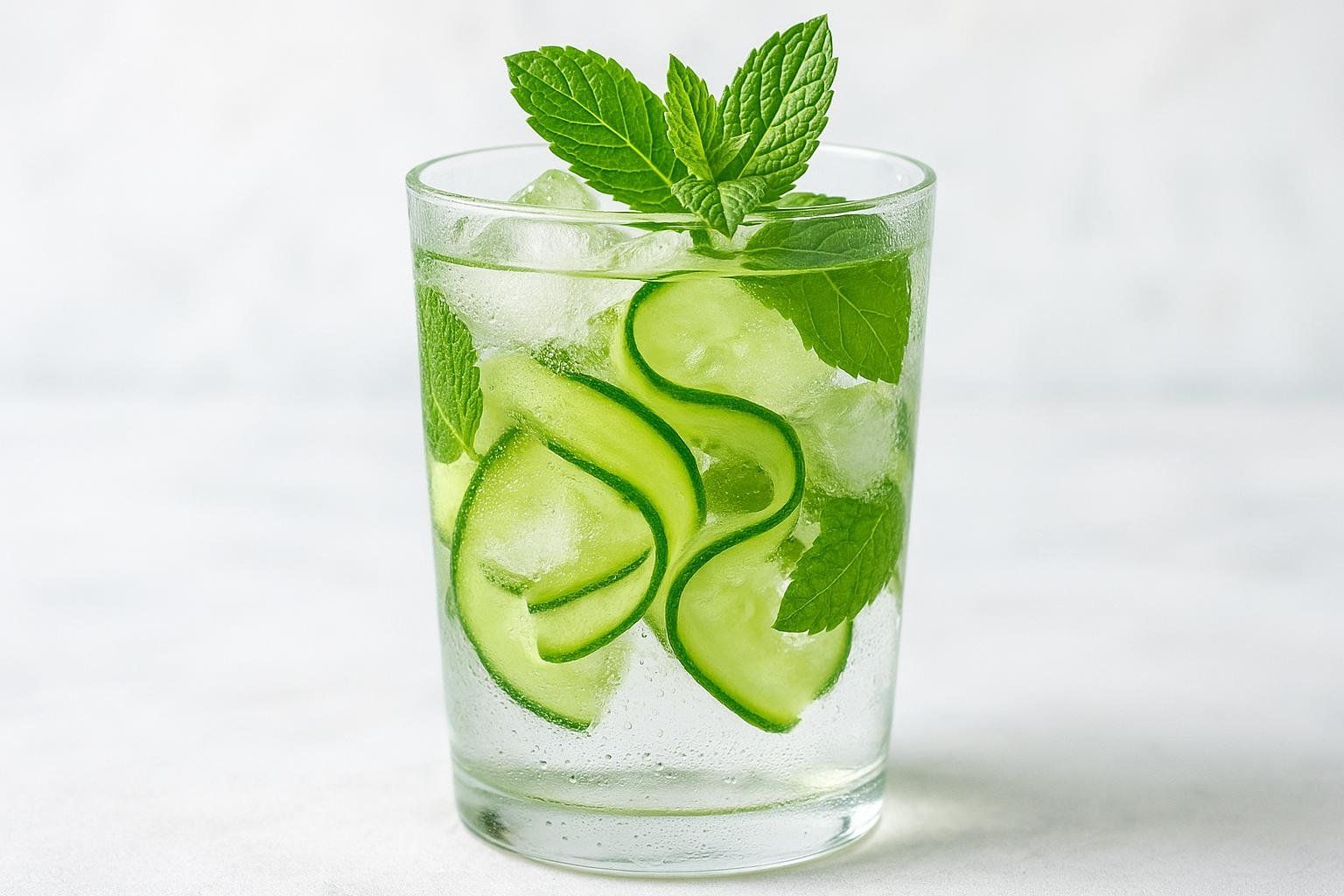
- Day 1: Drink 12–16 oz cool water on waking; 16–17 oz 30 minutes before lunch.
- Day 2: Swap one sugary beverage for 16 oz iced water with lemon; 16–17 oz 30 minutes before dinner.
- Day 3: Pre‑meal water before lunch and dinner; try crushed ice + cucumber to keep it interesting.
- Day 4: Add a short walk (10–15 min) after your largest meal to aid glucose control; keep pre‑meal water (walking after eating tips).
- Day 5: Flavor with mint + lime; 16–17 oz before your most calorie‑dense meal.
- Day 6: Keep the pre‑meal water habit; track your intake and hunger in notes.
- Day 7: Review: Which times made you feel most in control of portions? Make those habits a priority for next week.
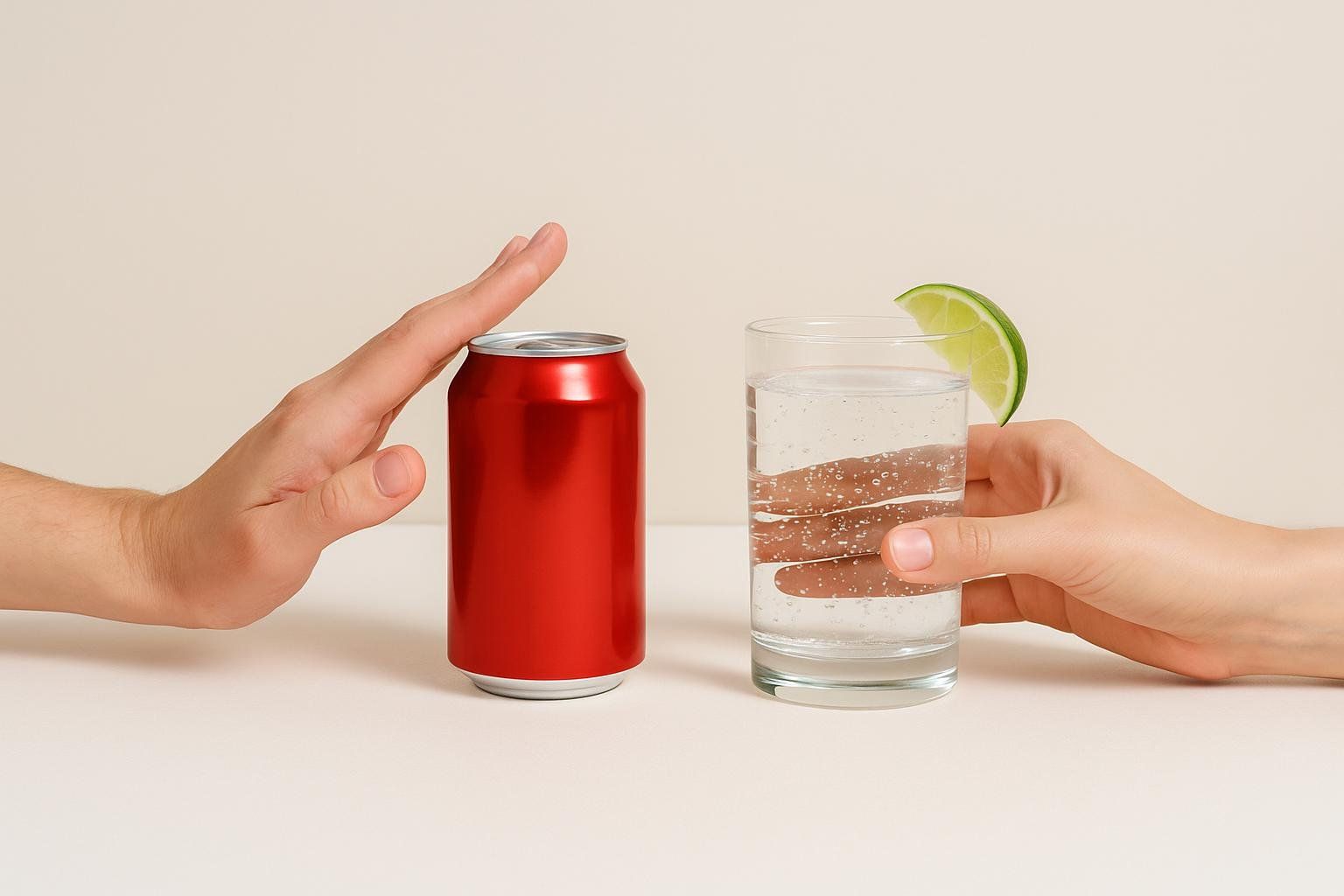
Make it your own: If you enjoy cold exposure broadly, consider layering in 1–2 minute cool‑finish showers for a small metabolic nudge (see our guide to cold showers).
4-Week Protocol: Turning the Ice Water Habit into Results
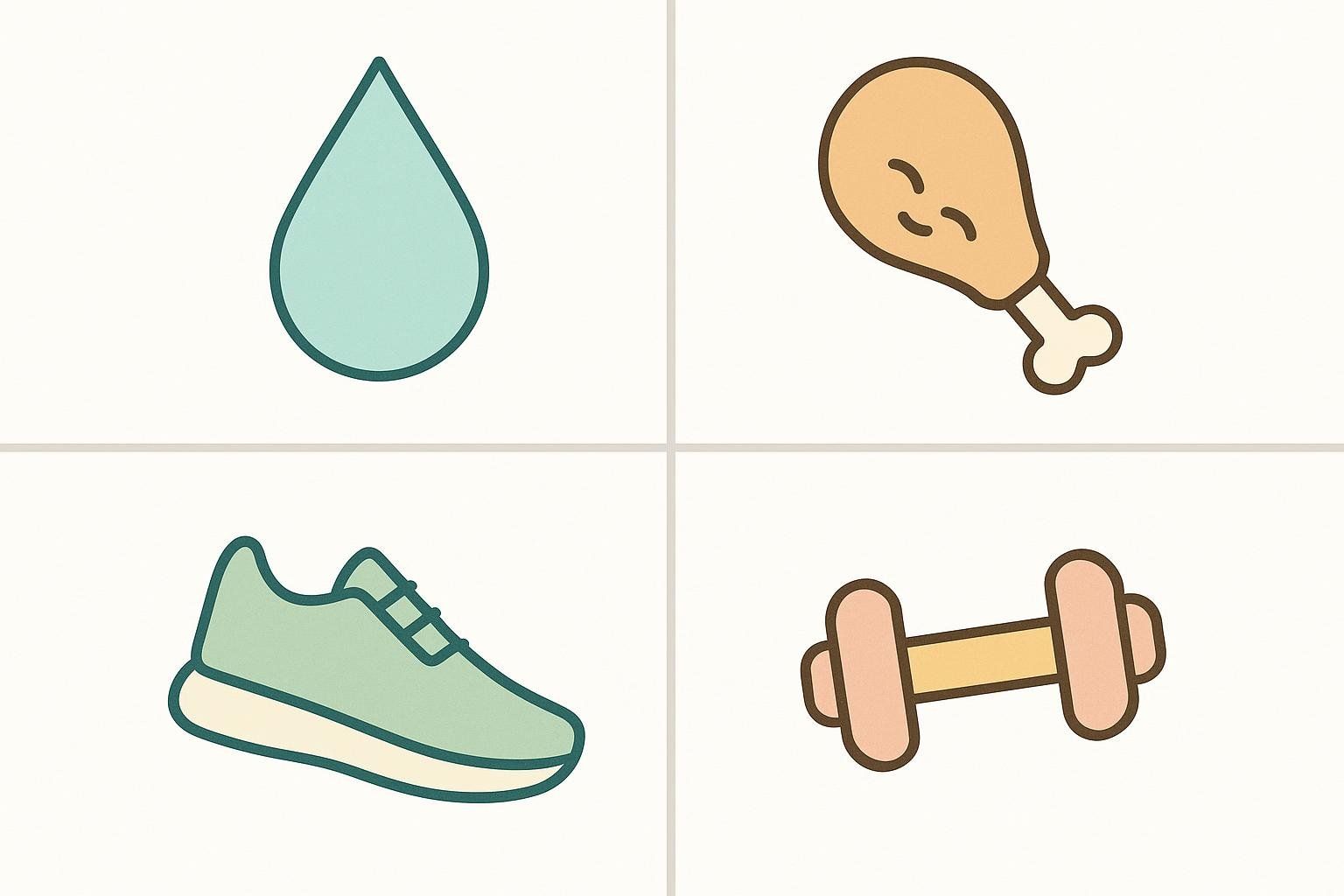
| Week | Hydration | Nutrition | Activity |
|---|---|---|---|
| 1 | 60–70 oz/day baseline; 16–17 oz water 30 min before one main meal daily | Anchor each meal with 25–35 g protein | 7,000–9,000 steps/day |
| 2 | Pre‑meal water before two main meals daily | Replace one sugary beverage with iced or sparkling water + citrus | Add 2× weekly strength sessions to preserve muscle |
| 3 | Pre‑meal water before all main meals (up to 3×/day as appropriate) | Emphasize high‑volume, lower‑calorie sides (salads, broth‑based soups); keep protein high | Optional cool‑finish showers 60–120 seconds if no contraindications |
| 4 | Hold steady; refine flavors to maintain interest | Batch‑prep lean proteins (e.g., chicken breast, turkey, canned tuna/salmon, tofu/tempeh, Greek yogurt, cottage cheese) and pair with fiber‑rich sides | Maintain steps and 2× strength; add 1 longer walk post‑dinner (20–30 min) |
Safety and comfort tips
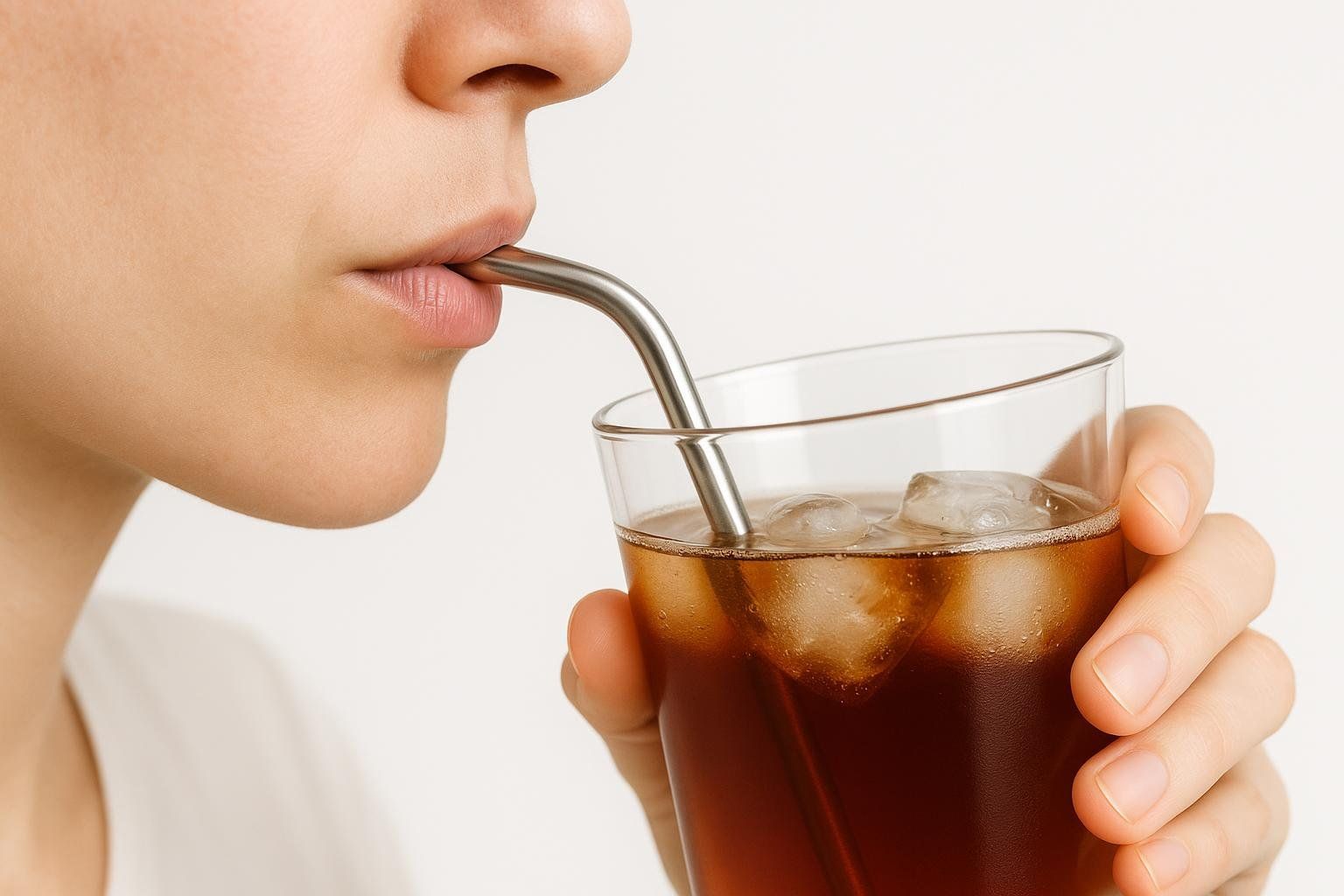
- Teeth and enamel: Very cold drinks can trigger sensitivity if enamel is worn or roots are exposed—using a straw and avoiding extremes helps (ADA MouthHealthy).
- Stomach comfort: If cold beverages cause cramping or reflux, use cool or room‑temperature water.
- Medical considerations: For most healthy adults, cold water is safe. If you explore full‑body cold exposure (showers, ice baths), screen for cardiovascular risks and ease in gradually.
- Hydration balance: Don’t massively overdrink. Match intake to thirst and activity.
Myth‑busters and FAQs
- Does ice water burn belly fat? Not specifically. Spot reduction isn’t possible. The per‑glass calorie burn is tiny (Harvard Health).
- What about the “Alpine Ice Hack” supplements? Independent clinical evidence is lacking; focus on proven habits and verify progress with DEXA (Verywell Health overview).
- Is there any science showing water helps with weight loss? Yes—mainly through appetite and substitution effects, like pre‑meal water and replacing sugary drinks (2015 RCT; 2009 trial).
- Would cold showers or ice baths help more than iced water? For energy expenditure, yes—the whole‑body cold stimulus can activate brown adipose tissue and increase cold‑induced thermogenesis beyond a few calories per glass (learn more in our guide to cold showers or the Ice Hack overview).
Verify results the smart way
Scales can miss important changes—like losing fat while preserving (or gaining) muscle. A BodySpec DEXA scan quantifies fat mass, lean mass, and visceral fat with gold‑standard precision so you know what’s actually changing.
